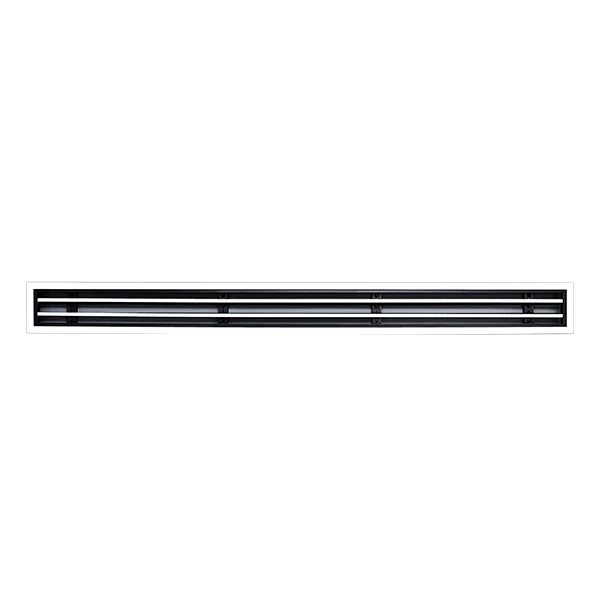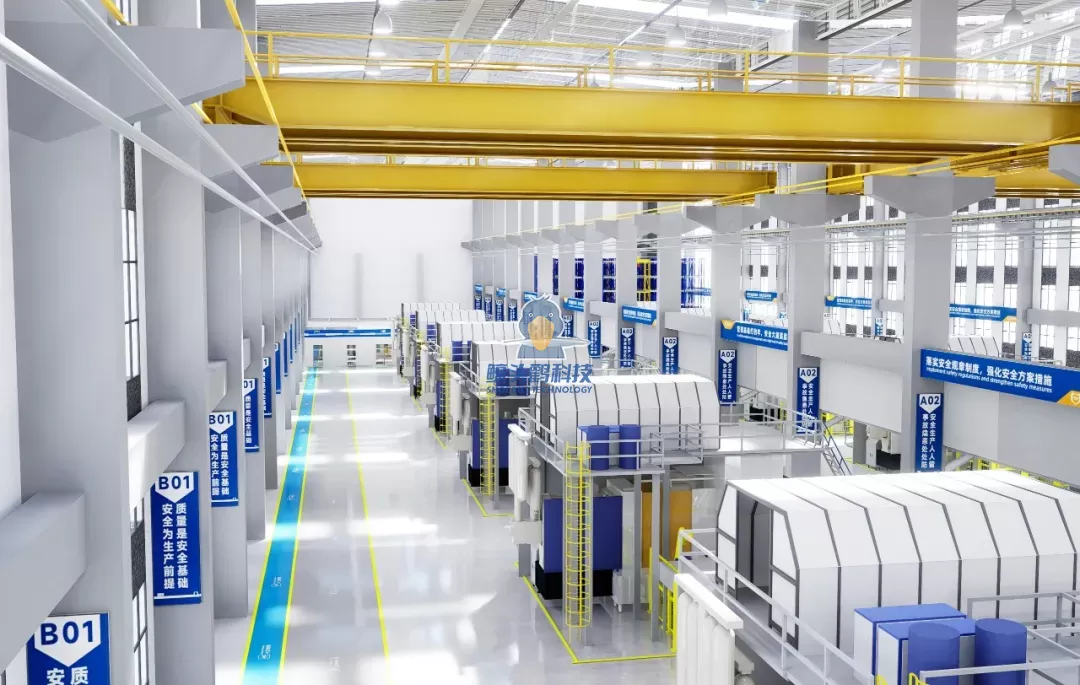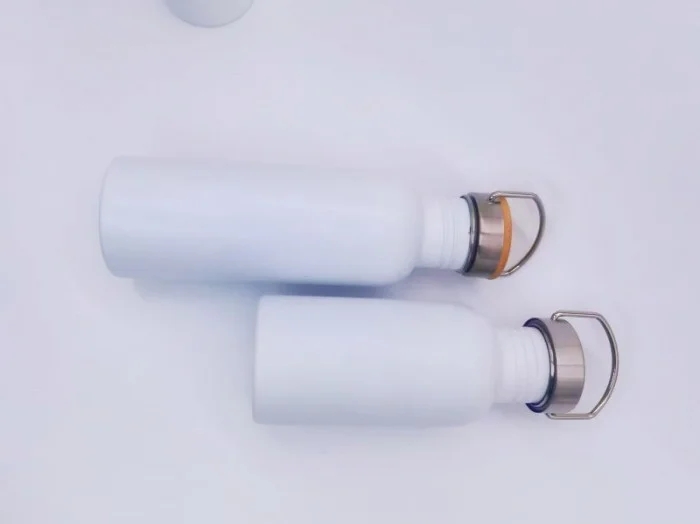In the realm of product photography, lighting is not merely an accessory; it is the very foundation upon which captivating images are built. The right light can transform a mundane product into a visually stunning masterpiece, enticing potential customers and enhancing brand appeal. This article delves into the intricacies of lighting for product photography, exploring various types of light sources, their characteristics, and practical applications to help you achieve professional results.
Understanding the Importance of Lighting in Product Photography
Before diving into the specifics of light types, it’s crucial to understand why lighting is paramount in product photography. Proper lighting can:
- Enhance Details: Good lighting reveals textures, colors, and intricate details that might otherwise go unnoticed.
- Set the Mood: Different lighting setups can evoke various emotions, influencing how a product is perceived.
- Minimize Flaws: Strategic lighting can help conceal imperfections, ensuring that the product looks its best.
- Create Consistency: Consistent lighting across product images is essential for maintaining a cohesive brand identity.
Types of Light Sources for Product Photography
- Natural Light
Natural light is often favored for its soft, diffused quality. It can create a warm and inviting atmosphere, making it ideal for lifestyle product shots. However, it comes with its own set of challenges:
- Pros:
- Free and readily available.
- Produces soft shadows and highlights.
- Ideal for outdoor shoots and products that benefit from a natural aesthetic.
- Cons:
- Inconsistent due to changing weather conditions.
- Limited control over intensity and direction.
Tip: The golden hour—shortly after sunrise or before sunset—offers the best natural light for photography, providing a warm glow that enhances product appeal.
- Continuous Lighting
Continuous lighting sources, such as LED panels or fluorescent lights, provide a constant light output, allowing photographers to see how the light interacts with the product in real-time.
- Pros:
- Easy to use and adjust.
- Ideal for beginners and videographers.
- Allows for immediate feedback on lighting adjustments.
- Cons:
- May produce heat, which can be uncomfortable during long shoots.
- Color temperature can vary between different bulbs.
Tip: Use softboxes or diffusers with continuous lights to soften shadows and create a more flattering light on your products.
- Strobe Lighting
Strobe lights, or flash units, are powerful light sources that produce a brief burst of light. They are commonly used in professional studios for their versatility and control.
- Pros:
- High intensity allows for freezing motion, ideal for dynamic product shots.
- Adjustable power settings provide precise control over exposure.
- Can be used with various modifiers (softboxes, umbrellas) to shape the light.
- Cons:
- Requires additional equipment (triggers, stands).
- Learning curve for beginners to master settings and positioning.
Tip: Experiment with different modifiers to achieve the desired effect. A softbox can create a soft, even light, while a beauty dish can produce more contrast and highlight details.
Key Considerations for Lighting Setup
- Color Temperature
Understanding color temperature is crucial for achieving accurate color representation in product photography. The Kelvin scale measures color temperature, with lower values (around 2700K) producing warm light and higher values (above 5000K) yielding cooler light.
- Tip: Use a color temperature meter or a gray card to ensure your lighting matches the desired aesthetic and maintains color accuracy.
- Direction of Light
The direction from which light hits the product significantly affects the final image. Front lighting can flatten the subject, while side lighting enhances texture and depth.
- Tip: Experiment with different angles to find the most flattering light for your product. A 45-degree angle often yields the best results, providing a balance of highlights and shadows.
- Light Modifiers
Light modifiers, such as softboxes, reflectors, and diffusers, play a vital role in shaping and controlling light. They can soften harsh shadows, reduce glare, and create a more polished look.
- Tip: Use a white reflector to bounce light back onto the product, filling in shadows and creating a more balanced exposure.
Conclusion
Choosing the right light for product photography is a multifaceted decision that hinges on understanding the characteristics of different light sources, the desired aesthetic, and the specific product being photographed. By mastering the art of lighting, photographers can elevate their product images, creating compelling visuals that resonate with consumers. Whether you opt for the natural warmth of sunlight, the consistency of continuous lighting, or the power of strobes, the key lies in experimentation and adaptation to find the perfect setup for your unique needs.






+ There are no comments
Add yours